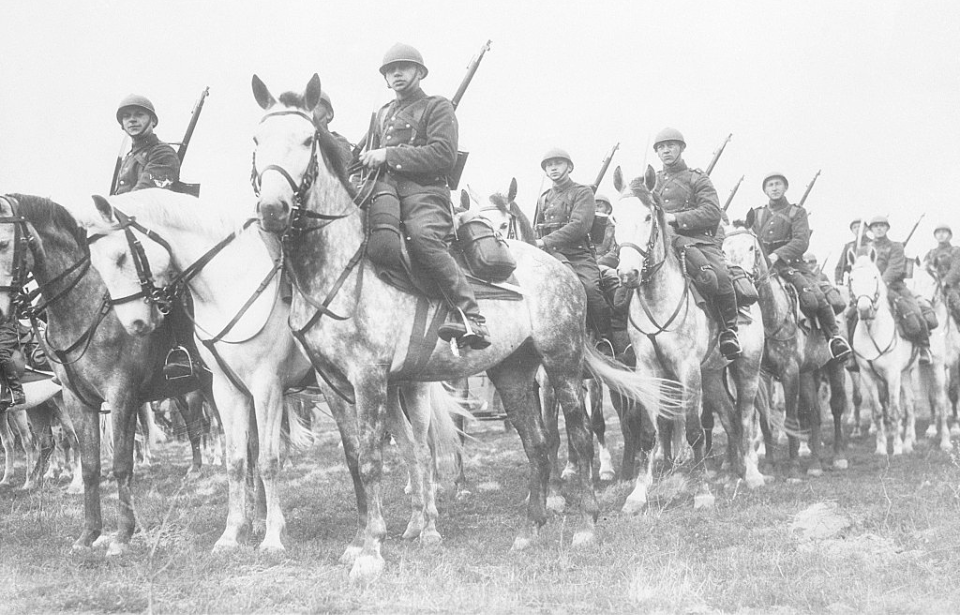Ask many armchair historian when the last ever cavalry charge took place and most will tell you it happened during World War II. They’ll likely go on to say that a Polish cavalry detachment spurred their horses into a foolhardy charge, galloping straight toward a German Panzerdivision with lances lowered.
This charge, the final nail in the coffin for a method of warfare that existed for thousands of years, took place just outside Krojanty, Poland during the German invasion in September 1939. The brave, yet quixotic Polish cavalrymen were wiped out, and that was it: the final death of the traditional cavalryman… Or was it?
An enduring piece of German propaganda
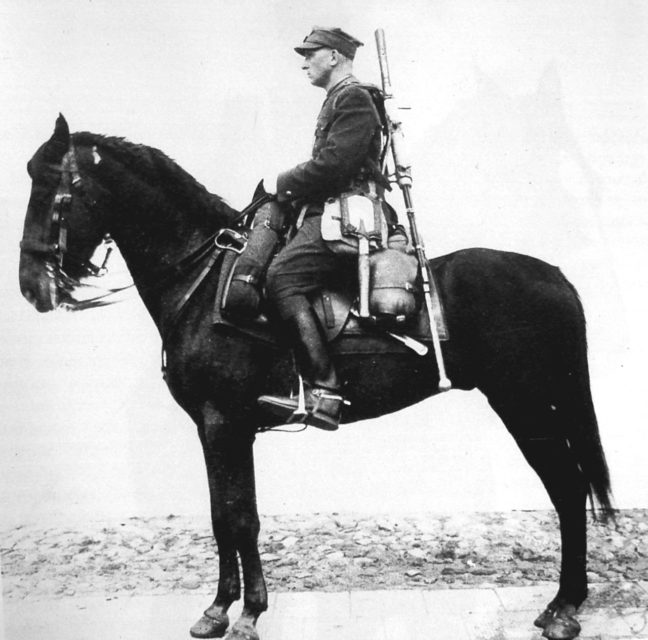
This incident, described in detail even in revered works about WWII, didn’t actually happen – at least in the manner in which it’s described. The description of a Polish cavalry charge against German tanks was an invention of the German propaganda machine, and it’s perhaps one of the most enduring pieces of misinformation the government ever spread, considering how widely-believed it is today.
Did a Polish cavalry charge really happen at Krojanty?
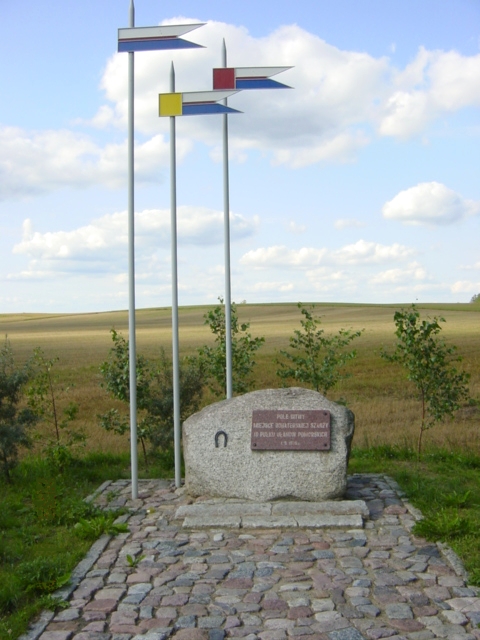
Perhaps what made this particular piece of propaganda so hard to quash is the fact it’s partially based on what really happened near Krojanty on September 1, 1939 – the first day of the German invasion of Poland. That evening, a regiment of Polish cavalry came across a German infantry unit setting up camp in the forest just outside the village.
While the Polish cavalry was in the process of mechanizing, a few horse-mounted regiments remained in active service. The 18th Pomeranian Uhlan Regiment, which encountered the German troops outside Krojanty, was one of them. Led by Col. Kazimierz Mastalerz, a veteran of both the First World War and the Polish-Soviet War, they were traditionally armed and mounted on horses.
When Mastalerz’s scouts informed him of the presence of the German troops in the forest, he knew he could take them by surprise with a striking blow. He ordered two squadrons, about 250 individuals in total, to charge. The Polish cavalrymen did as they were ordered, beginning a charge and wreaking havoc with their sabers and lances, effectively breaking up and scattering the German infantrymen, most of whom fled into the woods.
The cavalrymen, however, had little time to rejoice in their victory, as German armored cars suddenly appeared and began pouring machine gun fire into their ranks. Totally exposed in the clearing, they tried to gallop away, but were cut down before they could escape. Over a third of them fell to German machine gun fire from likely Leichter Panzerspähwagens or Schwerer Panzerspähwagens.
The perfect opportunity to create a propaganda piece
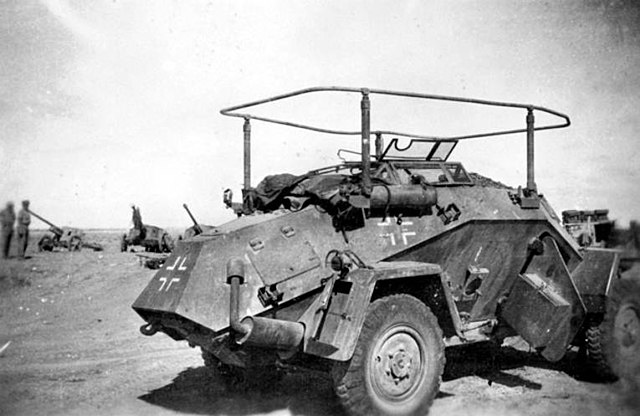
Despite having to ultimately flee, the Polish cavalrymen did disrupt the German advance enough to force them to halt for several hours while they regrouped. The next day, upon viewing the battlefield strewn with deceased cavalrymen and horses, the invading army figured they’d been presented with a fantastic opportunity to create propaganda that would help their campaign.
They brought German war correspondents and Italian journalists to the battlefield and showed them the carnage. They then spun a tall tale about how the foolhardy Poles had charged a Panzerdivision and, in their reckless stubbornness to cling onto obsolete traditions, had been wiped out by Germany’s superior technological might.
The story of the Polish cavalry charge was an instant hit
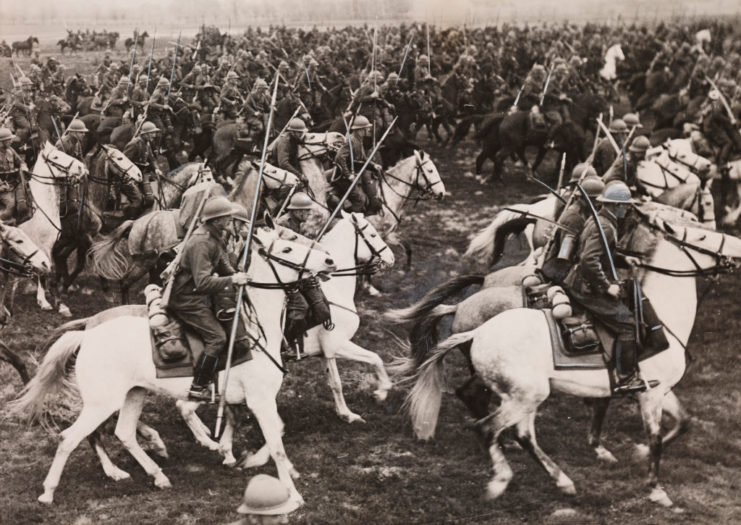
The fabricated story was an instant hit. All across the world, people were soon talking about the hopelessly brave, yet foolish Polish cavalrymen who had tried to charge a German tank division while mounted on horseback.
Even after the war, when most German propaganda was revealed to be lies, this particular falsehood endured. The Soviets used it to mock the Poles, saying it showed just how unprepared they were for the German invasion. It was repeated, as fact, in many history classes in the western half the world right up until the 1990s – and even later.
More from us: A 500-Mile March By French Cavalrymen Helped Bring an End to the First World War
It may seem like a relatively harmless piece of propaganda, but the fact is that it has, for decades, caricatured the Polish cavalrymen who fought with tremendous grit, courage and determination in many other battles. It also detracts from the overall contribution Poland made to the Second World War and the Allied fight against the Axis powers.
